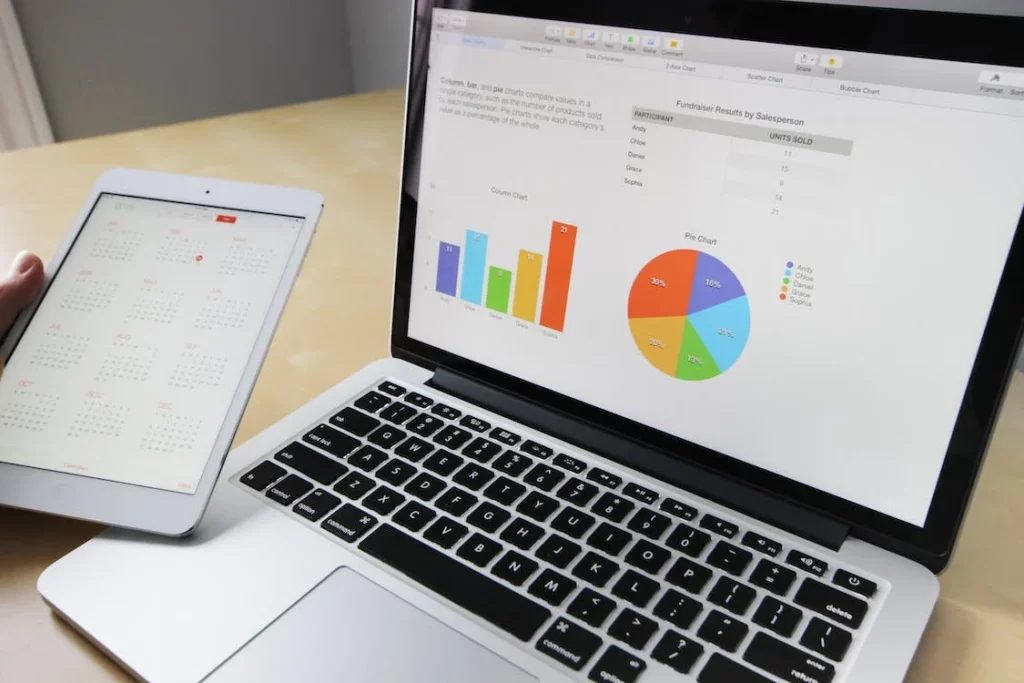
The Financial Projections section of a business plan presents the anticipated financial performance and outlook of your business. It provides a forecast of your revenues, expenses, and profitability over a specific period, typically three to five years. This section is crucial as it demonstrates the financial feasibility and potential profitability of your business. Here are the key elements to include in this section:
Revenue Forecast: Outline your projected revenue streams based on your pricing strategy, sales projections, and market analysis. Break down the revenue sources by product or service categories, customer segments, or geographic regions if applicable. Use realistic assumptions and consider factors such as market demand, pricing trends, and sales cycle to estimate your revenue growth.
Cost of Goods Sold (COGS): Estimate the direct costs associated with producing or delivering your products or services. This includes expenses such as raw materials, production costs, packaging, shipping, and any other costs directly tied to your offerings. Calculate the COGS as a percentage of your revenue to demonstrate the cost efficiency of your operations.
Operating Expenses: Provide a breakdown of your anticipated operating expenses, including items such as rent, utilities, salaries and wages, marketing and advertising costs, research and development expenses, professional fees, and general overhead costs. Categorize these expenses and present them as a monthly or annual forecast. Ensure your expense projections are realistic and based on market research or industry benchmarks.
Gross Margin and Operating Margin: Calculate your gross margin and operating margin to assess the profitability of your business. Gross margin represents the percentage of revenue that remains after deducting COGS. Operating margin reflects the percentage of revenue remaining after deducting both COGS and operating expenses. These margins are key indicators of your business’s ability to generate profits.
Profit and Loss Statement: Prepare a projected profit and loss (P&L) statement that summarizes your revenue, COGS, operating expenses, and net income over the forecast period. Include the P&L statement for each year of the projection, highlighting key financial metrics such as gross profit, operating profit, and net profit. This provides a comprehensive view of your business’s financial performance.
Cash Flow Statement: Develop a projected cash flow statement that outlines the expected inflows and outflows of cash over the forecast period. Include details on cash from operating activities (e.g., sales receipts, payments to suppliers), cash from financing activities (e.g., loans, investments), and cash from investing activities (e.g., purchase of assets, securities). The cash flow statement helps assess your business’s ability to manage cash flows and identify potential cash shortages or surpluses.
Balance Sheet: Present a projected balance sheet that summarizes your business’s assets, liabilities, and equity at the end of each year in the forecast period. This includes items such as cash and cash equivalents, accounts receivable, inventory, accounts payable, long-term debt, and shareholder equity. The balance sheet provides a snapshot of your business’s financial position and demonstrates its solvency and liquidity.
Financial Ratios: Calculate and include key financial ratios such as gross margin ratio, operating margin ratio, return on investment (ROI), return on equity (ROE), and debt-to-equity ratio. These ratios help evaluate your business’s financial health, profitability, efficiency, and leverage. Compare these ratios to industry benchmarks to assess your business’s performance relative to competitors.
Sensitivity Analysis: Perform a sensitivity analysis to assess the potential impact of changing market conditions or key assumptions on your financial projections. Identify the most significant variables that can affect your financial performance, such as changes in pricing, sales volume, or cost structure. This analysis demonstrates your awareness of potential risks and your ability to adapt to changing market dynamics.
Funding Requirements: If you are seeking external funding, clearly outline your funding requirements in this section. Specify the amount of funding needed, the purpose of the funds, and how they will be utilized to support your business’s growth and financial objectives. Additionally, explain the expected return on investment for potential investors or lenders.
By providing comprehensive and realistic financial projections, this section demonstrates your business’s potential for profitability and financial sustainability. It showcases your understanding of the financial aspects of your business and your ability to make informed financial decisions. Investors and stakeholders rely on this section to assess the viability and attractiveness of investing in your business.

